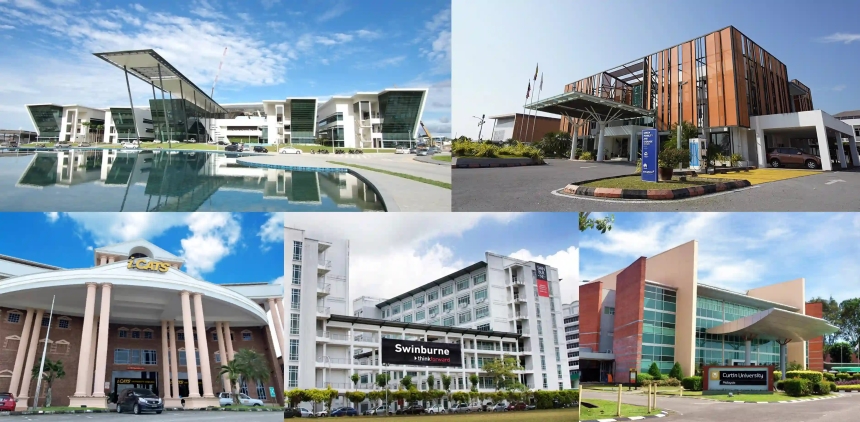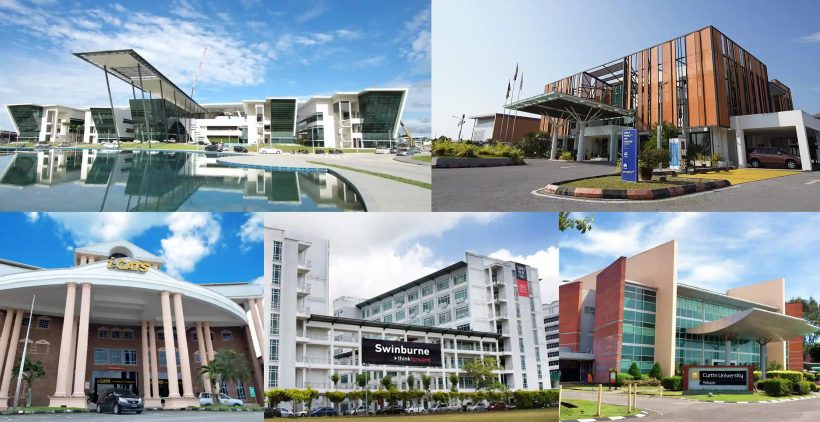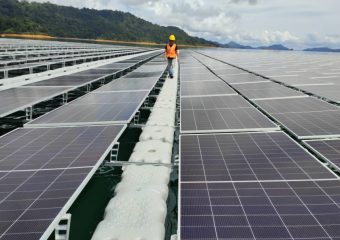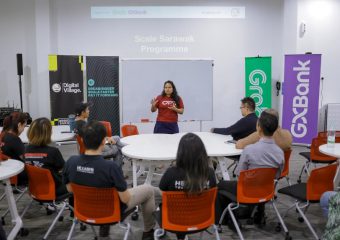State-owned universities will be key players in providing free tertiary education under the new policy. (Top left to bottom right: University of Technology Sarawak, Centre for Technology Excellence Sarawak, i-CATS University College, Swinburne University of Technology Sarawak Campus, Curtin University Malaysia)
In August 2022, Sarawak Premier YAB Datuk Patinggi Tan Sri (Dr) Abang Haji Abdul Rahman Zohari bin Tun Datuk Abang Haji Openg made a bold birthday wish that would resonate across the state: the dream of free tertiary education for all eligible Sarawakians. This wish has since evolved into a concrete plan, set to benefit over 25,000 students by 2026, providing them with the opportunity to pursue their dreams without the burden of tuition fees.
The Vision Behind the Policy
The Sarawak government has long recognised the pivotal role education plays in shaping the future of its people and the state’s development. The decision to provide free university education is driven by the desire to create a more inclusive society where every student, regardless of their economic background, has the opportunity to pursue higher education.
But why the wait until 2026? The timeline is a strategic decision, allowing the government ample time to lay a solid foundation for this ambitious policy. This period will be used to ensure that all necessary infrastructures, such as university facilities, are upgraded and expanded to accommodate the anticipated increase in student enrolment. Moreover, it gives the state time to establish comprehensive support systems, including scholarships and financial aid, ensuring the initiative’s sustainability.
This initiative is groundbreaking, making Sarawak the first state in Malaysia to offer free tertiary education to its native citizens. By prioritising state-owned universities such as Swinburne University of Technology Sarawak Campus, Curtin University Malaysia, University of Technology Sarawak, i-CATS University College and Centre for Technology Excellence Sarawak (CENTEXS), the government is paving the way for a more skilled and educated workforce, particularly targeting young Sarawakians from low-income and rural backgrounds.
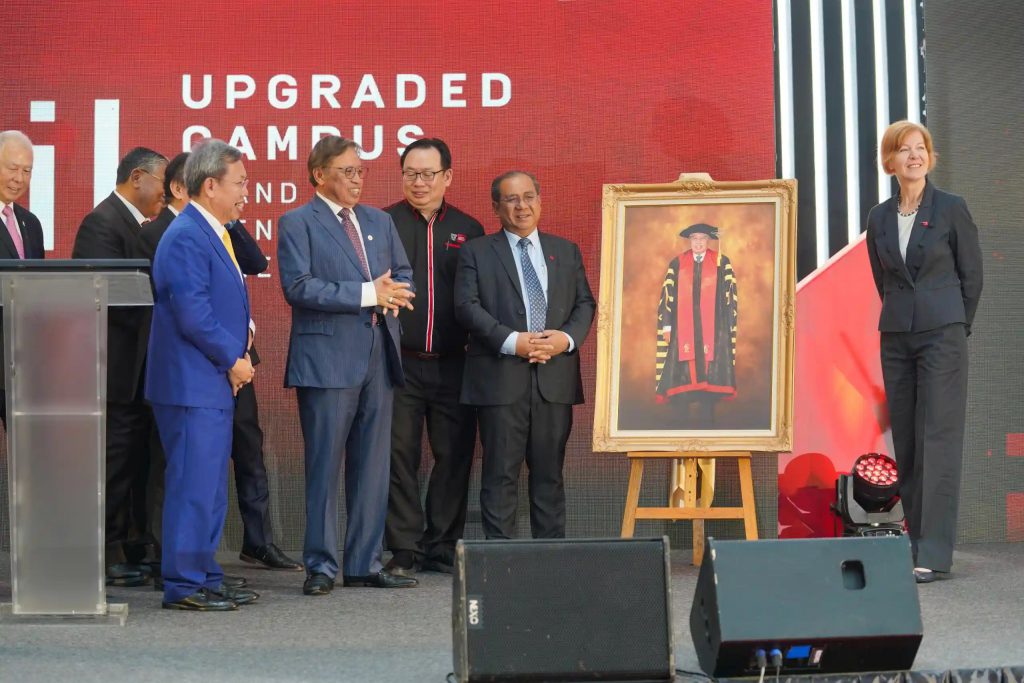
How It Will Work: A Step-by-Step Implementation
The implementation of the Free University Education policy will be carefully phased to ensure it meets its objectives without overwhelming the system. Eligibility will be determined solely by the student’s ability to meet the academic requirements for admission, regardless of race or socioeconomic status. Once verified, eligible students will benefit from free tuition for undergraduate programs at participating universities. The policy may be introduced progressively, starting with selected courses or universities, before being expanded across all fields of study, allowing for fine-tuning and adjustments as the policy rolls out.
The Sarawak government has been actively working on enhancing the quality of higher education in the state. Recent collaborations with global institutions, such as Fudan University in Shanghai, China, are in the exploration stages to introduce cutting-edge curriculums and technologies, ensuring that Sarawak’s universities are on par with international standards. These developments are integral to the policy’s success, as they guarantee that students not only have access to free education but also receive a world-class learning experience.
Strategic Prioritisation for a Brighter Future
The Sarawak Free University Education policy is a strategic financial initiative aimed at long-term socio-economic growth. By making higher education accessible to all, the government hopes to cultivate a highly skilled workforce that will drive innovation and development in the state.
One of the primary goals of the policy is to retain local talent. Many students currently leave Sarawak to pursue education and employment opportunities elsewhere. By offering free university education, the government aims to keep this talent within the state, fostering a vibrant, homegrown workforce that contributes directly to Sarawak’s economy.
One of the primary goals of the policy is to retain local talent. Many students currently leave Sarawak to pursue education and employment opportunities elsewhere. By offering free university education, the government aims to keep this talent within the state, fostering a vibrant, homegrown workforce that contributes directly to Sarawak’s economy.
A unique aspect of this initiative is its focus on courses that align with the state’s job market needs. Technical and financial disciplines, including engineering, accountancy, and cyber law, will be prioritised. This strategic selection aims to increase the employability of graduates, ensuring that the skills they acquire match the demands of the modern economy.
Deputy Education, Innovation and Talent Development Minister Datuk Dr Annuar Rapa’ee emphasised that while the policy is inclusive, it will not encompass every course offered by these universities. The focus remains on courses that guarantee employment opportunities and contribute to Sarawak’s fast-paced development.
In recent updates, Sarawak Premier Tan Sri Abang Johari Tun Openg has reinforced the state’s commitment to this initiative, highlighting its potential to advance Sarawak’s green economy. The Premier envisions Sarawak transforming into a hydrogen-based economy, with free tertiary education playing a crucial role in equipping the next generation with the knowledge and skills needed to lead this transformation.
The state government’s recognition of the Unified Examination Certificate (UEC) further underscores its inclusive approach, embracing diverse educational backgrounds in its pursuit of progress.
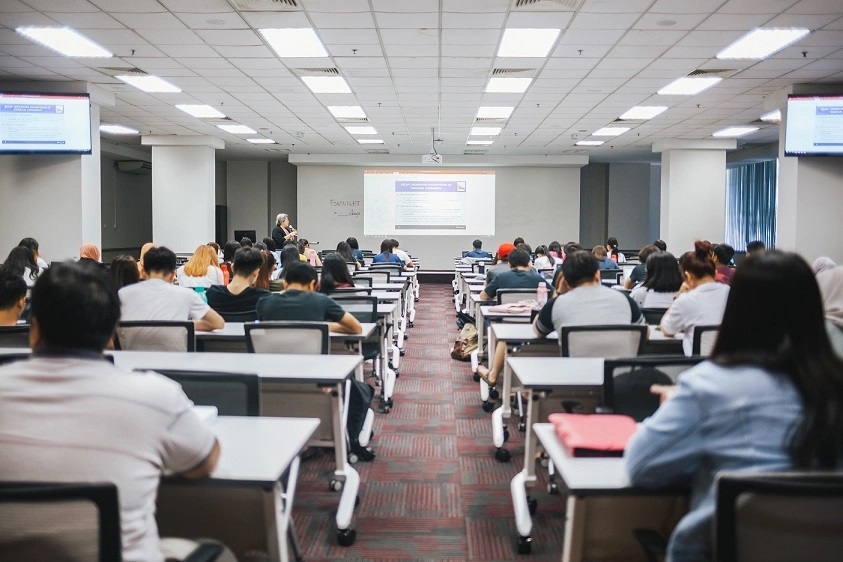
A Long-Term Investment in Sarawak’s Growth
The initiative is not without its challenges. Critics, including Mr George Lam, special assistant to Bandar Kuching MP Dr Kelvin Yii, have expressed concerns about the policy’s limitations. The restriction to state-owned institutions, they argue, may limit students’ freedom to choose their preferred courses and institutions, potentially stifling competition and innovation in the tertiary education market. There are also worries that this policy could discourage other local and international institutions from establishing branches in Sarawak. Sarawakian netizens have echoed these concerns, pointing out the absence of institutions like Universiti Malaysia Sarawak, Universiti Putra Malaysia Sarawak and other vocational polytechnic variants from the list of eligible universities.
Concerns have also been raised about the state’s budgetary capacity to sustain this ambitious policy. However, the Sarawak government’s financial strategies, including the establishment of a sovereign wealth fund and negotiations with Petronas for a greater share of oil and gas revenues, suggest a strong commitment to ensuring the policy’s longevity.
In the short term, Sarawak may face financial burdens, but analysts like Associate Professor Hugh Leong of Swinburne Sarawak argue that the long-term gains will far outweigh these initial challenges. By investing in education, the state is laying the groundwork for increased innovation, productivity, and economic growth.
Conclusion: Looking Ahead with Hope
The Sarawak Free University Education policy represents a transformative leap forward for the state, promising to make higher education accessible to all. With a well-thought-out implementation strategy and a clear vision for the future, this initiative is set to empower the next generation of Sarawakians, equipping them with the knowledge and skills needed to thrive in a rapidly changing world.
As the state continues to evolve and grow towards 2026, this policy will play a crucial role in shaping Sarawak’s future, fostering a well-educated, skilled population that will drive the state’s development for years to come.
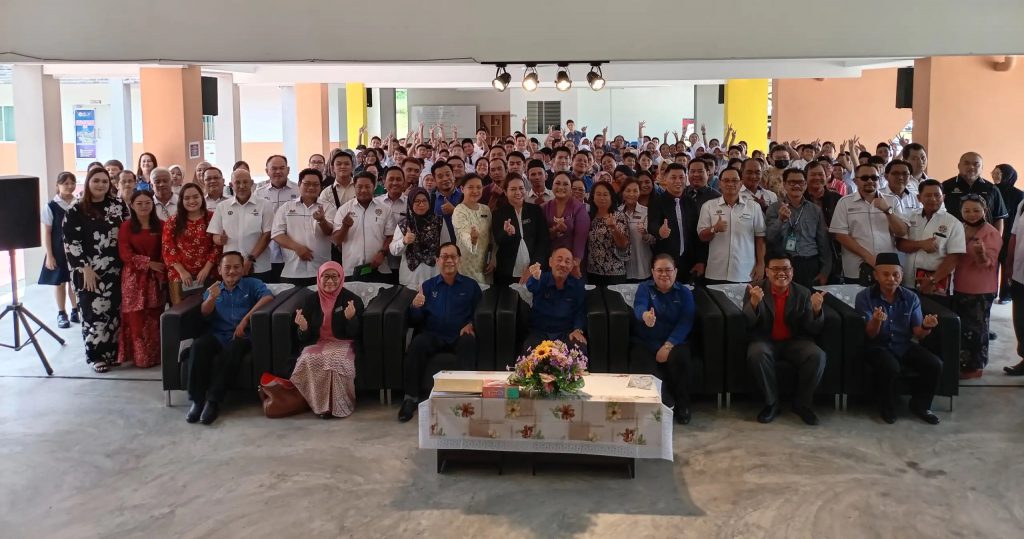
References
- “Sarawak’s groundbreaking move in offering free tertiary education requires sound financing plan, say experts”
- “25,000 students to benefit from Sarawak free tertiary education policy”
- “DAP man: Free tertiary education should offer choice beyond five Sarawak-owned universities”
- “Free tertiary education meant for specific courses”
- “No plans yet to provide free tertiary education for Sarawakian students, says state minister”
- “Premier: Free tertiary education to propel Sarawak’s green economy initiative”
- “Towards Free Tertiary Education — SwinSays”
- “Free tertiary education meant for specific courses”
- “Dr Annuar: Sarawak’s free tertiary education policy to prioritise courses that meet job market’s needs”
- “UEC holders to enjoy free education in Sarawak unis by 2026”
- “Sarawak on track to provide free higher education for qualified Sarawakians by 2026”
